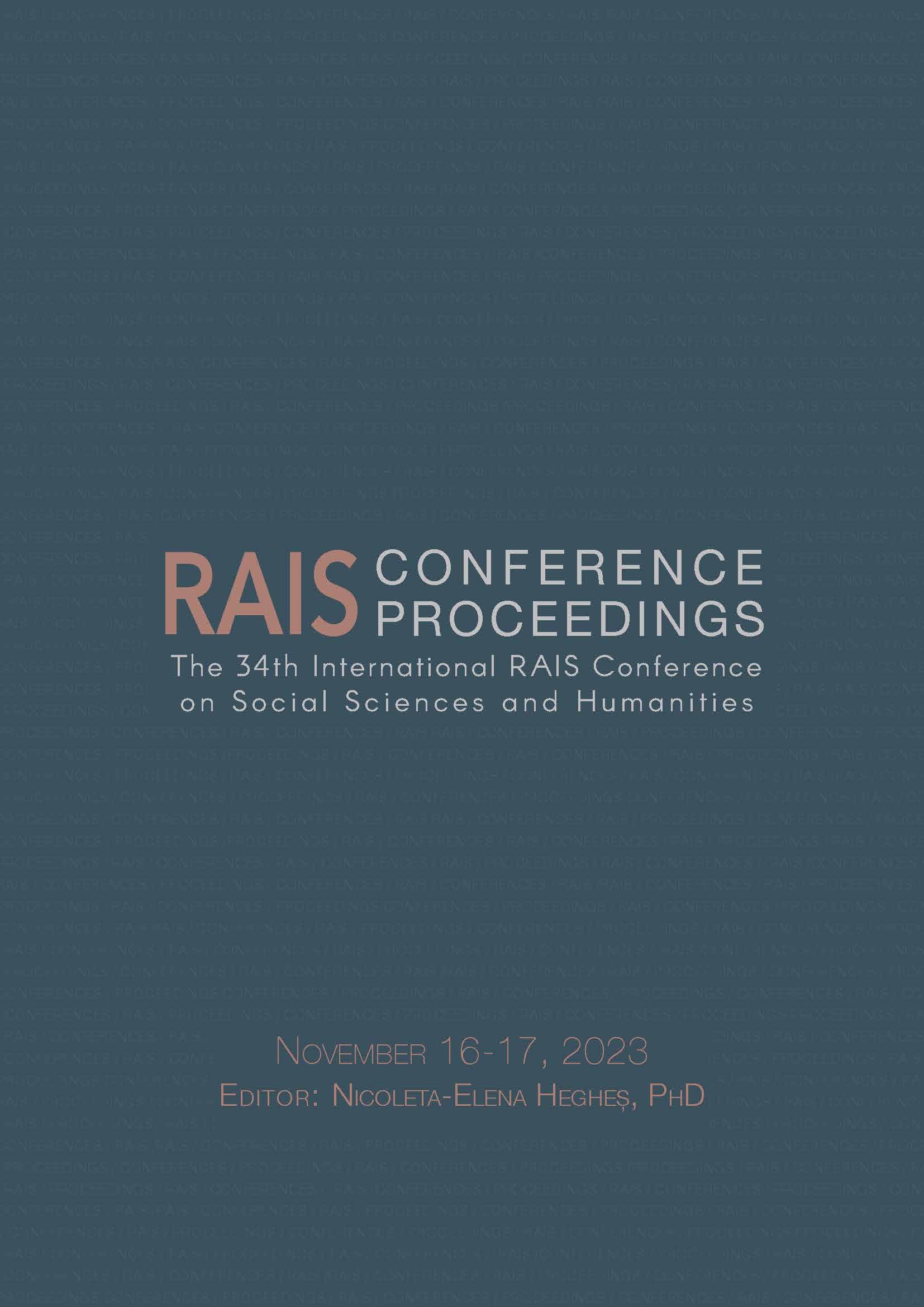The Role of Digitalization in the Efficiency of Public Administration
The Role of Digitalization in the Efficiency of Public Administration
Author(s): Doina Mureșan
Subject(s): Media studies, ICT Information and Communications Technologies
Published by: Scientia Moralitas Research Institute
Keywords: advanced technologies; digitization; data storage; communication networks; taxes;
Summary/Abstract: The use of technology has steadily increased over the years, however, there is wide variation between people of different ages, with skills higher among younger “digital natives” and lower among older people. The daily use of the Internet among the Romanian population has increased considerably since 2014, proving the increase in the population’s comfort and confidence in using digital technologies and the Internet. Unsurprisingly, the level of digitization among businesses and individuals in Romania differs between regions. The level of digitization is higher in cities than in rural areas and the highest rate is, as expected, in Bucharest, Cluj and the North of the country. Reducing the knowledge and capacity gap between the country's areas can be done through a digitalization plan for the economy, similar to those published by the governments of many other countries, and through the digitalization of the interaction between SMEs and government institutions. The Romanian government is currently going through a significant process of digitizing both its own internal operations and the way it interacts with people and the business environment, for example through electronic signatures and the online takeover of tax-related matters. However, the constraints on government institutions derived from the lack of information determine opportunities for tax avoidance and evasion and inevitably favor compromise. Digitization can help alleviate these constraints in two ways: by implementing more accurate methods to verify the true economic results of taxpayers by connecting information existing in different parts of the tax system or by implementing more sophisticated tax systems.
Book: Proceedings of the 34th International RAIS Conference on Social Sciences and Humanities
- Page Range: 41-45
- Page Count: 5
- Publication Year: 2023
- Language: English
- Content File-PDF

